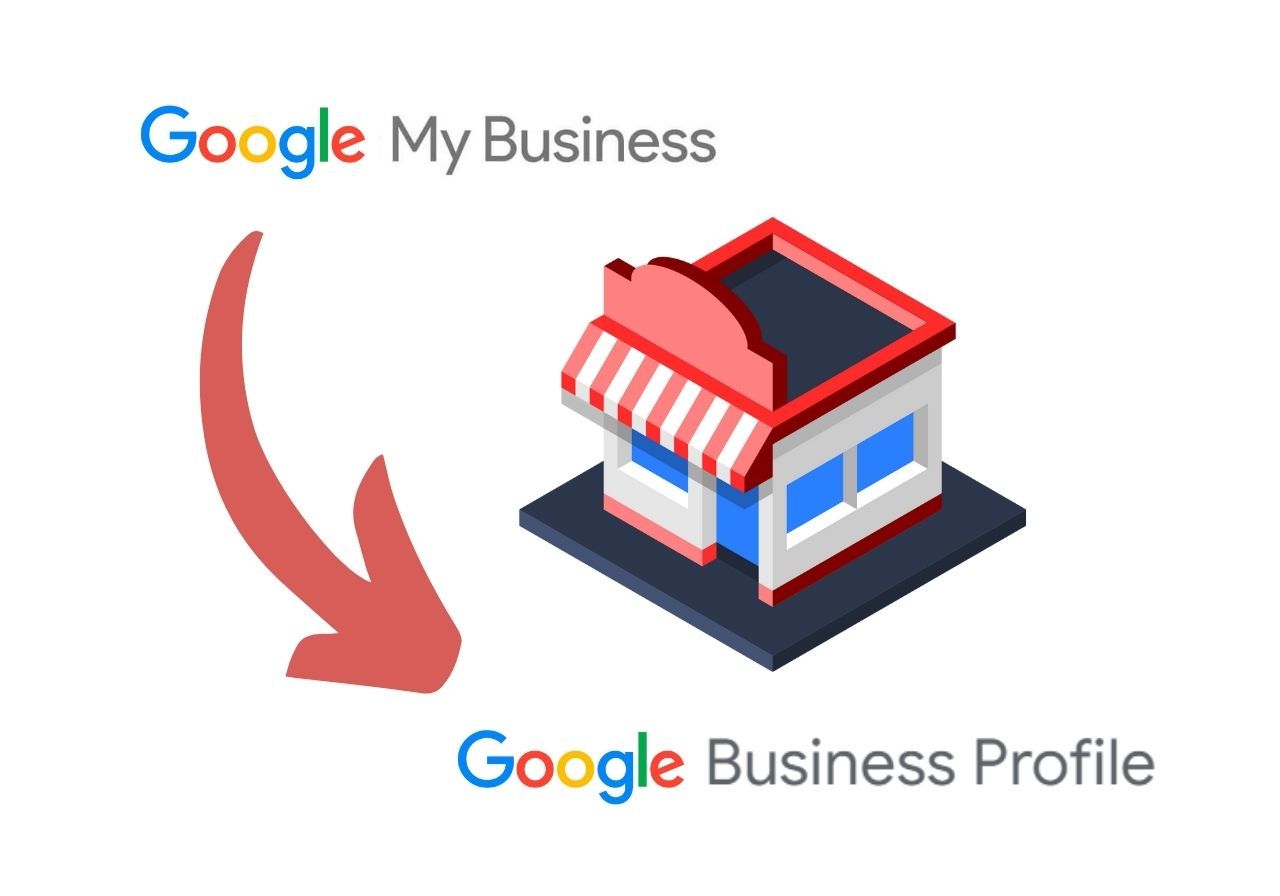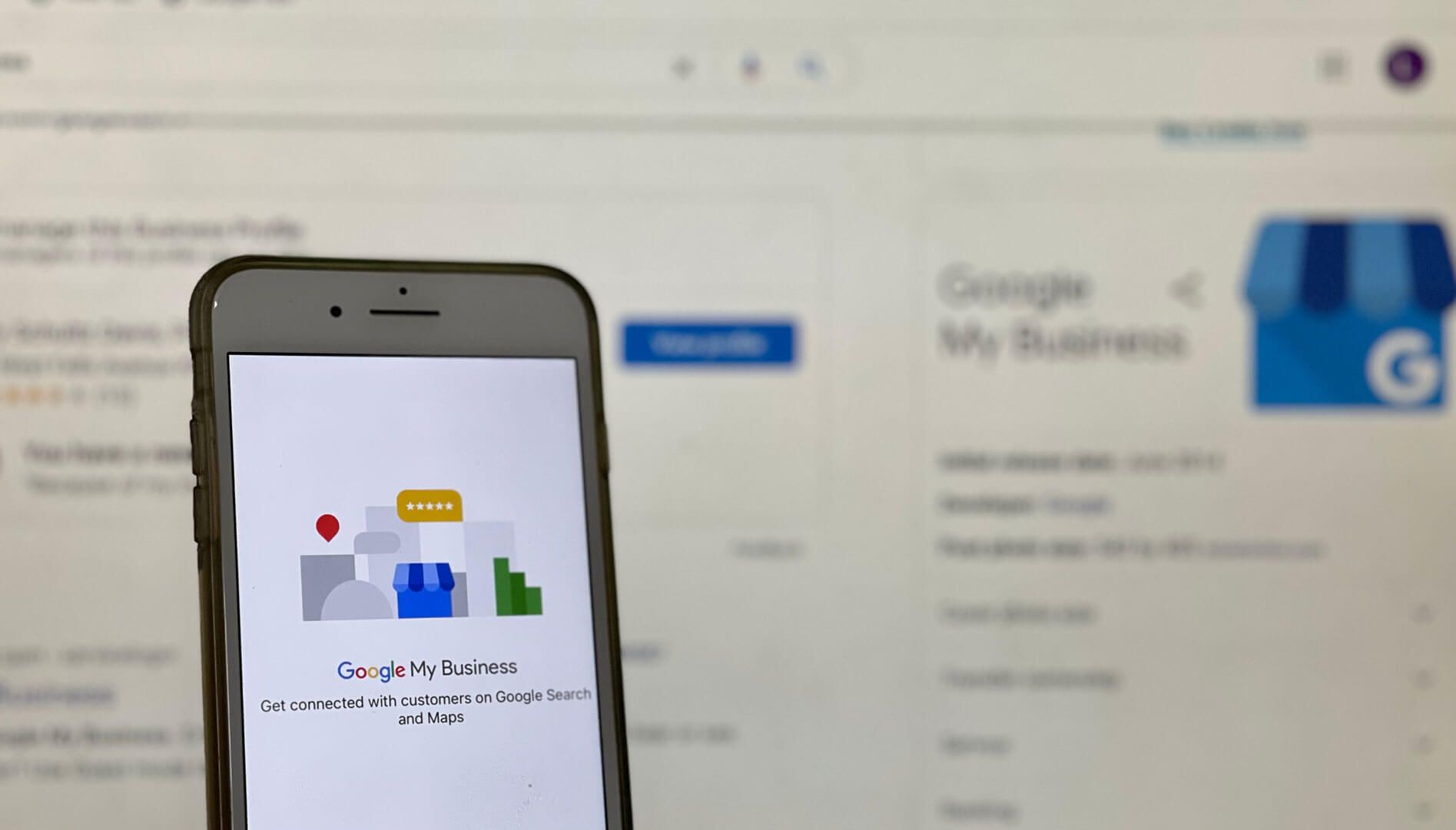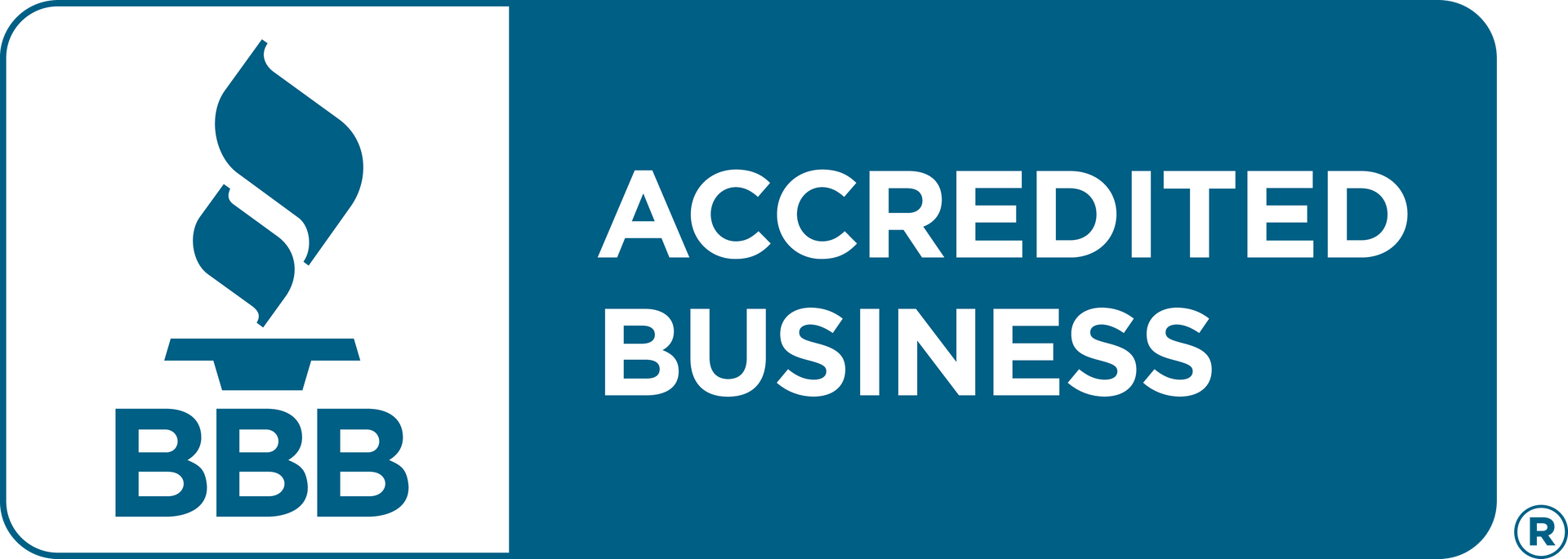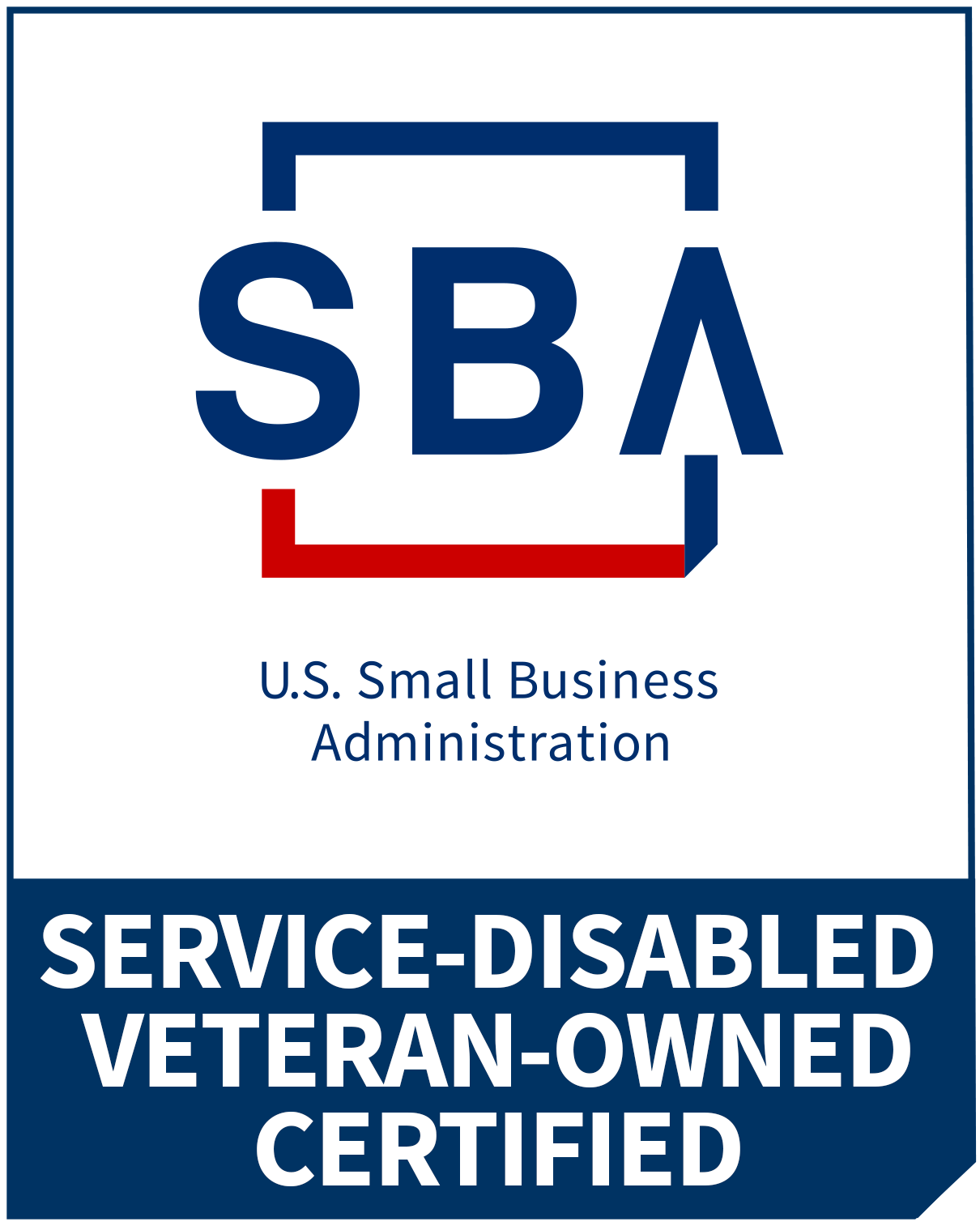The Fundamentals of Effective Web Design: A Beginner's Guide
A website is often the first point of contact between your business or personal brand and your audience. Making a strong impression with your website is crucial, and that's where effective web design comes into play. Whether you're a complete beginner or looking to refresh your knowledge, this beginner's guide will walk you through the fundamental principles of effective web design. Shaping a user-friendly and aesthetically pleasing website is no longer just a trend; it's an absolute necessity in a digital world where first impressions can make or break online engagement. Your website isn't merely a digital placeholder; it's your digital storefront, your online portfolio, your virtual handshake with potential clients or readers. It's a dynamic, multifaceted entity that should embody your brand's essence while also meeting your users' diverse needs.
1. Understanding the Purpose
Before you dive into designing a website, it's essential to clearly understand its purpose. Ask yourself: What is the primary goal of this website? Is it to provide information, sell products, showcase your portfolio, or engage with a community? Your design choices should align with this purpose and guide users toward the intended action.
2. Know Your Audience
Effective web design revolves around catering to your target audience's needs and preferences. Spend time researching your potential users. What are their interests, behaviors, and pain points? Creating user personas can help you visualize your ideal visitors and tailor your design to their expectations.
3. Simplicity and Clarity
One of the golden rules of web design is to keep things simple and clear. Avoid cluttered layouts, excessive use of colors, and too many elements on a page. A clean and uncluttered design makes it easier for users to navigate your website, find information, and focus on what matters most.
4. Responsive Design
In today's mobile-centric world, responsive design is non-negotiable. Your website should adapt seamlessly to different screen sizes and devices, ensuring a consistent and user-friendly experience for all visitors. Responsive design also plays a role in improving your site's SEO and search engine rankings.
5. Consistent Branding
Your website is an extension of your brand identity. Maintain consistency in colors, typography, and imagery to reinforce your brand's image and message. A strong and cohesive brand identity builds trust and recognition among your audience.
6. Navigation and User Flow
Navigation is a cornerstone of effective web design. Ensure that your website's menu is intuitive, providing easy access to all key sections. A well-structured navigation system and a clear user flow guide visitors through your site, effortlessly helping them find what they're looking for.
7. Visual Hierarchy
Use visual hierarchy to emphasize the most important content on your website. Highlight key messages, headings, and call-to-action buttons with contrasting colors, fonts, or sizes. This guides users' attention and directs them toward the actions you want them to take.
8. Optimize Page Load Speed
A slow-loading website can drive visitors away. Optimize images, minify code, and utilize content delivery networks (CDNs) to improve page load speed. A fast website not only enhances user experience but also positively impacts your search engine rankings.
9. Content is King
High-quality content is the backbone of effective web design. Ensure your content is well-written, engaging, and relevant to your audience's needs. Incorporate visuals, such as images and videos, to enhance your message and keep visitors engaged. To create content that truly stands out, it's important to maintain a consistent tone and style throughout your website. This consistency not only reinforces your brand identity but also helps in building trust and familiarity with your audience. Whether your tone is professional, casual, friendly, or authoritative, it should remain cohesive across all your web pages.
In addition to text-based content, visuals play a pivotal role in enhancing the user experience. Images, infographics, videos, and other multimedia elements can convey information in a more engaging and digestible manner. They break up the text, making it easier for users to scan and absorb the content. However, it's crucial to ensure that these visuals are not just decorative but also serve a purpose and complement the text.
Images, for instance, should be of high quality and relevance. They should evoke emotions or provide visual context that reinforces the written content. When using videos, they should be well-produced, load quickly, and include captions or transcripts for accessibility. Visuals not only enhance your message but also improve the overall aesthetics of your website, making it more visually appealing and engaging.
10. Test and Iterate
Lastly, remember that web design is an iterative process. Test your website with real users, gather feedback, and be open to making improvements. The digital landscape is always evolving, so staying adaptable and responsive to user needs is essential.
In conclusion, effective web design is about more than just aesthetics; it's about creating a user-centered, purpose-driven, and technically sound online experience. By keeping these fundamental principles in mind, beginners can lay a solid foundation for designing websites that look great and serve their intended purpose effectively.












